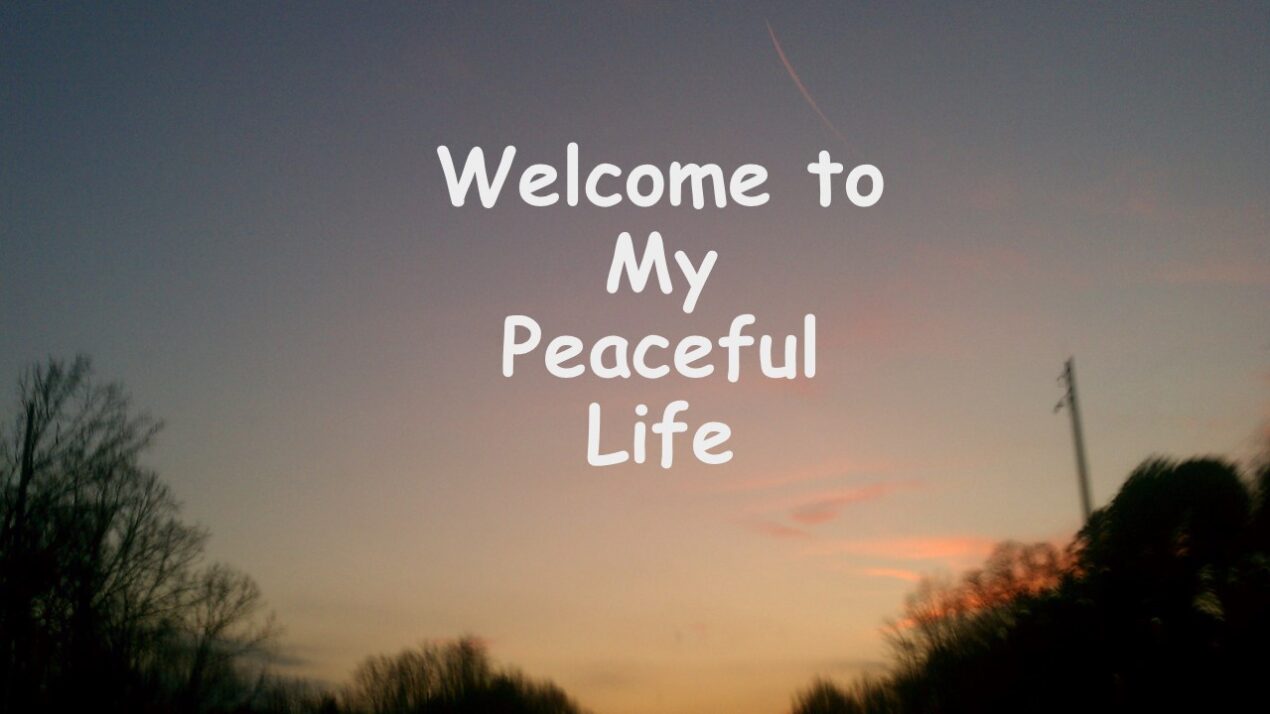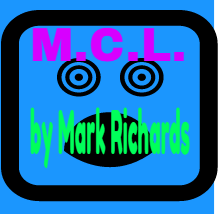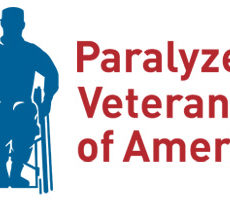
“Ruth Gruber” Life and Works!
Here are 5 Questions about Ruth Gruber and her works.
1. Who was Ruth Gruber? She was the daughter of Russian Jewish immigrants, David and Gussie Gruber. She was one of five children. Ruth was born on September 30, 1911.
2. Where was she from? Ruth was from Brooklyn NY.
3. Can you tell me about her family life? Ruth was married two times. Her first marriage was to Henry Rosner and her second marriage was to Philip Michaels. In her second marriage she had two children, David and Celia.
4. What kind of lady was Ruth Gruber? Ruth had been a rebellious kid and wanted to get out of Brooklyn. She felt that she was always restless, she wanted to encompass the whole world. She was the youngest woman in the world to receive a PH.D.
5. What kind of work did Ruth do? Ruth was a writer, lecturer, photojournalist. She was appointed “Special Assistant to the Secretary of the Interior during WWII. She returned to journalism after the war.
In all the interesting facts that I have read about Ruth. I would have like to have meet her personally. She had a very remarkable life and she made a real difference in the world and for our country. To learn more about Ruth Gruber read on;
There is a whole lot more to learn about Ruth Gruber that I can post here. There is a big event coming up soon celebrating Ruth Gruber and her works:
To get a small glimpse into Ruth Gruber’s life and works click here: Ruth Gruber
Here is a movie trailer about Her life and works:
Starting October 16 through January 7
for Art Basel Season,
at the Jewish Museum of Florida-FIU in Miami Beach

The Jewish Museum of Florida-FIU presents the southeastern U.S. premiere of Ruth Gruber: Photojournalist. Headlining Art Basel season in Miami Beach, the new exhibition celebrates the remarkable life, vision, and heroic tenacity of this twentieth-century pioneer and trailblazer. Once the world’s youngest PhD, Ruth Gruber passed away recently at the age of 105. The show features more than 60 photographs including gelatin silver prints plus an archival trove of personal letters, telegrams, printed magazines, and assorted ephemera documenting the artist’s career. The photographs in this exhibition span more than fifty years, from Gruber’s groundbreaking reportage of the Soviet Arctic in the 1930s and iconic images of Jewish refugees from the ship Exodus 1947, to her later photographs of Ethiopian Jews in the midst of civil war in the 1980s.
A selection of Gruber’s vintage prints, never before exhibited, will be presented alongside contemporary prints made from her original negatives. This exhibition is on loan from the International Center for Photography (ICP) in New York, is drawn from Gruber’s private archive, and was organized by ICP Curator Maya Benton. The Miami persentation is organized by Jackie Goldstein, Curator of the Jewish Museum of Florida-FIU. The opening reception is free to Members of the museum (non-members pay $18), on Monday, October 16 at 7:00 p.m. and will include a free screening of the film Ahead of Time, about Ruth Gruber’s life. The museum is located at 301 Washington Avenue, in the heart of Miami Beach’s historic Art Deco District.

Gruber was the author of twenty books and is the recipient of ICP’s 2011 Infinity Awards Cornell Capa Award. Her reportage and photojournalism acted as both advocate and witness for her subjects throughout her long career.
Ruth Gruber: Photojournalist will celebrate one of the twentieth century’s great humanitarians and photojournalists.
“These messages of hope and of living with a heroic purpose to make a difference ring true in today’s world, and align powerfully with the mission of the Jewish Museum of Florida-FIU,” said the Museum Director, Susan Gladstone. “We are thrilled to bring this epic story of Ruth Gruber’s life and photos to Miami Beach during Art Basel season.”
 Milestones of Ruth Gruber’s Life:
Milestones of Ruth Gruber’s Life:

|
|

|
|
A Champion for Jewish Refugees (1944-47):

|
Gruber covered the activities of the Anglo-American Committee of Inquiry on Palestine, and photographed the displaced persons’ camps of Europe and the desolate internment camps of Cyprus, witnessing the desperate plight of Jewish refugees.
In 1947, she documented the harrowing voyage of the ship Exodus 1947, carrying Jewish refugees attempting to break the blockade on Jewish immigration to Palestine. It was intercepted by the British near Haifa port, and its 4,500 Jewish passengers, most of them Holocaust survivors, were forced onto three prison ships and sent back to Europe.
Gruber alone smuggled a camera aboard one of the three prison ships, Runnymede Park, and documented the horrible conditions she witnessed. Her photographs, taken surreptitiously in only a few short hours, were sent out to wire services throughout the world and radically transformed international attitudes toward the plight of Jewish refugees after the war. Gruber’s iconic images, printed for this exhibition from her original negatives, will be displayed alongside vintage prints.
In the following decades, Gruber documented successive waves of migrants from Yemen, Iraq, Romania, Morocco, Tunisia, and Ethiopia, photographing often perilous journeys of emigration, small Jewish villages in North Africa, and the establishment of new lives in Israel.

In Miami Beach, this exhibition was made possible with the support of a grant from the Funding Art Network to the Jewish Museum of Florida-FIU. The ICP acknowledges the support of friends of Ruth Gruber, and public funds from the New York City Department of Cultural Affairs in partnership with the City Council.
The Jewish Museum of Florida-FIU serves as a major cultural attraction and source of information for a wide audience of residents, tourists, students and scholars of all ages and backgrounds from throughout the state, nation, and the world. Located in a former synagogue that housed Miami Beach’s first Jewish congregation, the museum’s restored 1936 Art Deco building and 1929 original synagogue are both on the National Register of Historic Places. The 301 building features nearly 80 stained glass windows, a copper dome, marble bimah and many Art Deco features including chandeliers and sconces. The Jewish Museum of Florida is accredited by the American Alliance of Museums. The museum is open Tuesday-Sunday from 10 a.m.-5 p.m. Closed on Mondays and holidays. Admission: Adults $6; Seniors $5; Families $12; Members and children under 6 always free; Saturdays-Free. For more information call 305-672-5044 or visit www.jmof.fiu.edu.

Gruber was the author of twenty books and is the recipient of ICP’s 2011 Infinity Awards Cornell Capa Award. Her reportage and photojournalism acted as both advocate and witness for her subjects throughout her long career.
Ruth Gruber: Photojournalist will celebrate one of the twentieth century’s great humanitarians and photojournalists.
“These messages of hope and of living with a heroic purpose to make a difference ring true in today’s world, and align powerfully with the mission of the Jewish Museum of Florida-FIU,” said the Museum Director, Susan Gladstone. “We are thrilled to bring this epic story of Ruth Gruber’s life and photos to Miami Beach during Art Basel season.”






Recent Comments